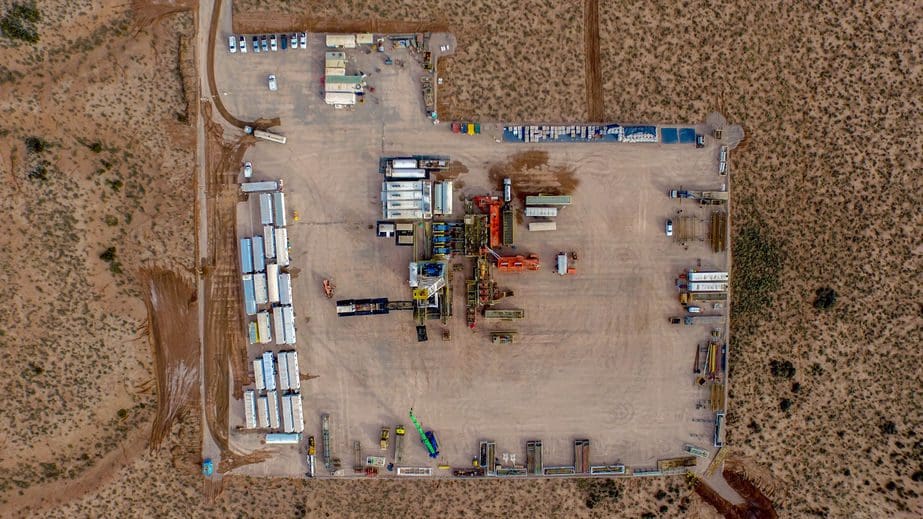We are truly and irrevocably dependent on energy. From charging smartphones and cars to powering houses, hospitals, and commercial places, energy drives our daily life. The energy demand is ever-growing due to industrial development in the developing regions and the rise in the standard of living across the globe.
The use of energy has exponentially increased over the last couple of years and will continue to increase in the future. The threat of global warming has increased the need to find cleaner sources of energy. One source of energy promises to solve the problem: shale gas. Many believe shale gas could be the future of energy production. However, there are some challenges yet to overcome.
Shale gas is natural gas found within sedimentary rocks that result from the gradual buildup of rich organic matter at the surface of the earth over time. Initially, shale gas is known as unconventional gas as the shale rocks restrict outward gas flow. However, there are two promising methods such as horizontal drilling and hydraulic fracturing which can successfully obtain shale gas, making the so-called unconventional gas the promising future of energy production.
The Shale Gas Market Over the Years
The demand for alternatives to traditional sources of energy production was ever-present. The success in shale gas production offered a new opportunity.
According to Allied Market Research, the global shale gas market is estimated to reach $214 billion by 2022. The low price of shale gas, abundant shale reserve, and technological advancements are the prime factors of the market growth.
The rise in shale gas availability in several countries boosted its popularity. Countries such as the U.S. no longer need to depend on importing gas and oil to match with its high energy demand. The rock formation required for shale gas found across the globe, offering abundant and untouched reserves required to meet the energy demand of the country. Currently, China, Algeria, the U.S., Canada, and Argentina are the top five largest shale gas reserves.
The use of natural gas is the most cost-effective means to obtain energy as it reduces CO2 emissions. This is another reason behind the increasing demand for shale gas.
Shale Gas to Disrupt International Trade
Shale gas has the potential to start a revolution in the global energy production landscape. The monarchy of coal and other traditional resources can end with the adoption of shale gas. There are only a few countries that are prime energy suppliers. However, with the rise in demand for shale gas, a whole new set of countries can join the supplier’s domain and affect the global economy. What’s more, the availability of shale gas can alter prices, convert the producer countries into consumers and completely change the balance of international trade.
Furthermore, experts believe that if shale gas gains international acceptance as a prime energy source, North America would become “the next Middle East” in terms of energy production. The economical dominance of the U.S. would continue in years to come. Already, the U.S. companies are onboard with the shale gas revolution and the production of the gas is increased from virtually 0 in 2000 to an unprecedented level where it contributes around one-fourth of the U.S. natural gas.
Future of Shale Gas Lies with Technological Advancements
The advancements in technology have an instrumental effect on the growth of the global shale gas industry. The developments in horizontal drilling and hydraulic fracturing have opened new opportunities for the market players as they made it economical to access shale gas deposits.
On the other hand, environmental activities support the adoption of shale gas. Year after year, the coal mines and factories that run on coal and oil have hampered the earth’s environment. However, natural gas is less polluting than oil, and the adoption of shale gas instead of petroleum and coal offer a new opportunity of lowering CO2 emissions. The shale gas industry only demands a costly investment.
The role of natural gas is likely to expand in the coming years owing to its utility and comparatively low cost. What’s more, it is cheap and abundant, making it more accessible than any other existing alternatives. However, it is still early to declare that shale gas will dominate the energy production landscape.
The widespread adoption of shale gas depends on its price. Shale gas has yet to find a perfect balance. Its price should be low enough to lure emerging markets but high enough for producers to continue their production. Shale gas has the potential to be commercially viable. However, it depends on international investments in technology. Moreover, the advent of robotics and artificial intelligence can help improve the existing horizontal drilling and hydraulic fracturing technology. If these technologies become more cost-effective, there is no stopping for shale gas to become the prime source of energy.
Oil and gas operations are commonly found in remote locations far from company headquarters. Now, it's possible to monitor pump operations, collate and analyze seismic data, and track employees around the world from almost anywhere. Whether employees are in the office or in the field, the internet and related applications enable a greater multidirectional flow of information – and control – than ever before.











